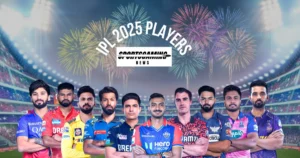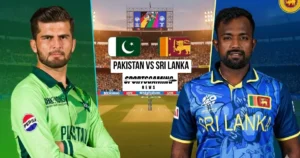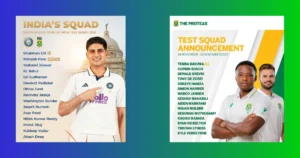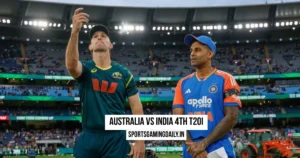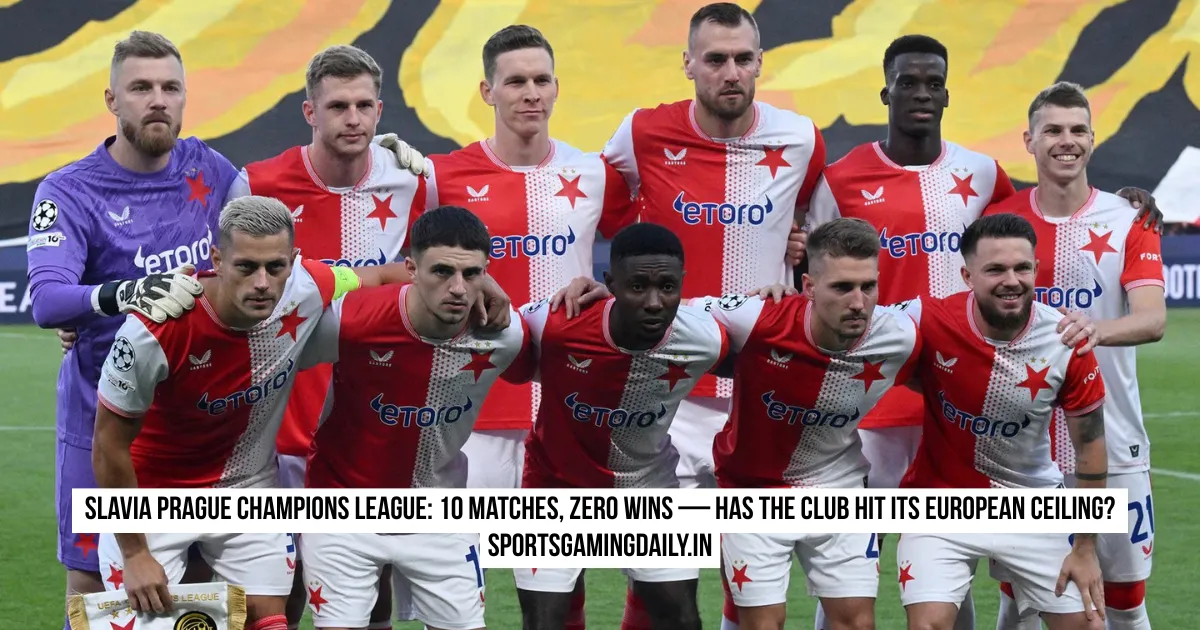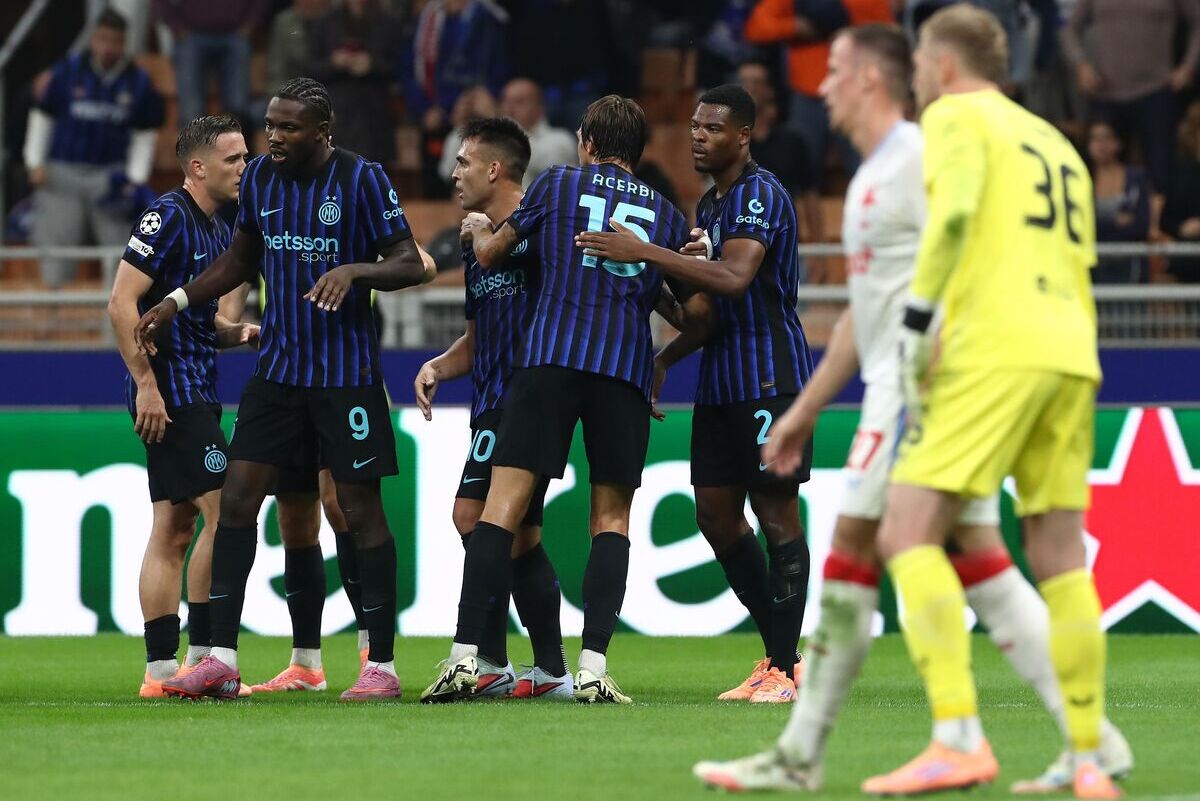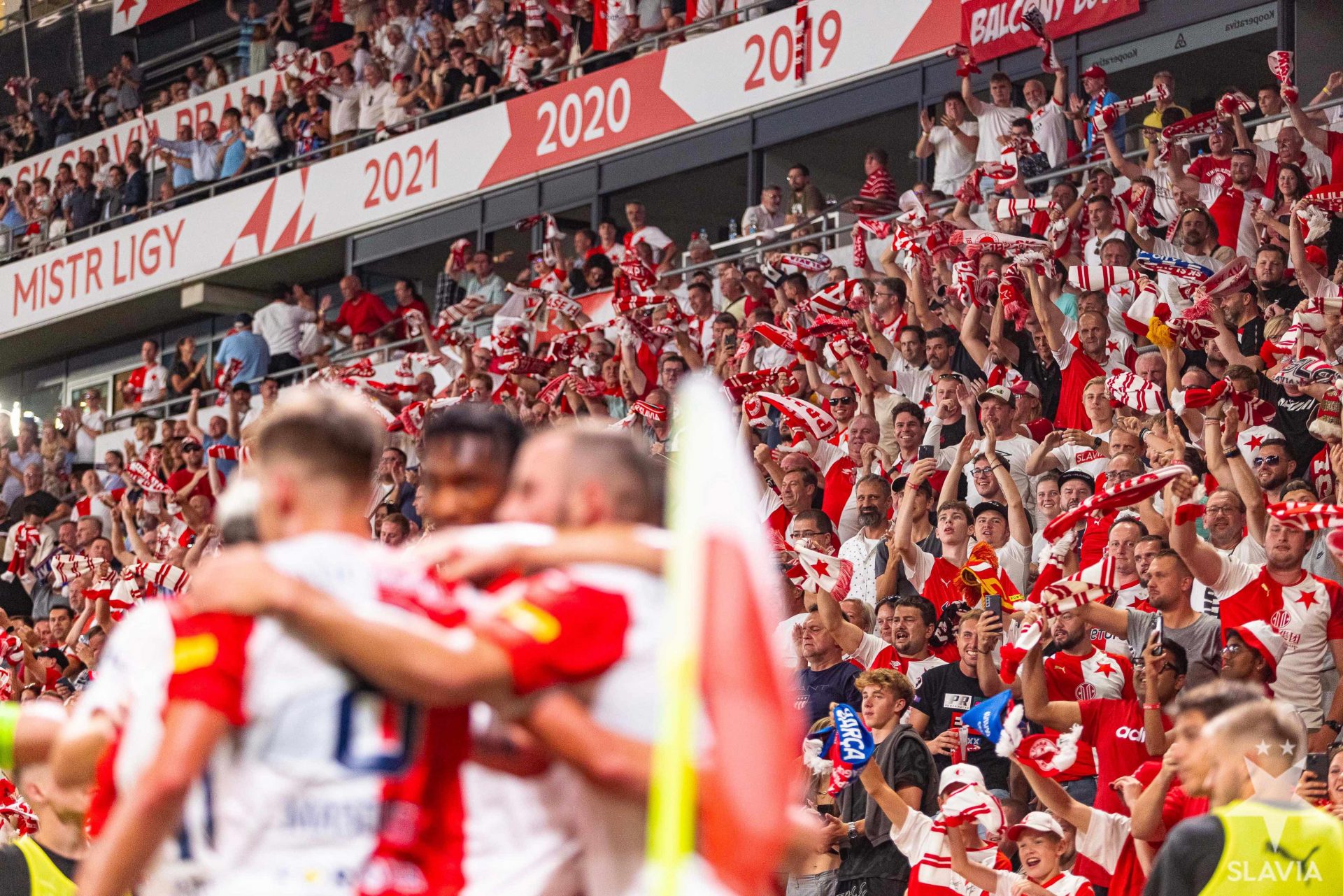Slavia Prague Champions League crisis in one glance
The saga of Slavia Prague Champions League campaigns has reached a worrying peak. Despite strong domestic performances, the club’s Slavia winless run in the top competition is glaring. Furthermore, their Champions League struggles raise the question: has this club hit its European ceiling? In this piece for sportsgamingdaily, we dive into the numbers, tactics and wider context behind the poor results.
Key stats: 10 European games without a win (D4 L6) and what it means
Firstly, Slavia Prague Champions League the record is clear. The club’s data show no wins in its last ten European matches at the Slavia Prague Champions League (or equivalent group-stage) level. While records vary by source, one compilation lists most successive games without a win for the club at nine on two occasions. In effect, the Slavia winless run highlights how the team has struggled to convert domestic dominance into continental success. Consequently, this stat underlines the depth of their Champions League struggles and suggests their Slavia European form is stalling.
Latest result that defined the run (Arsenal 3-0 and its impact)
Secondly, the latest blow came against a top opponent. In a recent fixture, the club lost 3-0 to Arsenal F.C. in the Champions League. That result emphasises both the gap in quality and the tactical faults. It also pushes the narrative of Slavia Prague Champions League efforts being outmatched. As sportsgamingdaily commentary noted, the margin and manner of defeat indicate deeper systemic issues.
Timeline: How Slavia’s European form deteriorated
Season-by‐season Champions League record (highlights since 2007)
From early appearances to recent group-stage exits, the club’s journey in the elite tournament is uneven. According to UEFA records, their appearances show sporadic group-stage placements, often followed by early exits. For example, the 2019-20 season brought group-stage exposure, but they finished bottom. Over time, their Slavia European form has declined, and the Slavia Prague Champions League struggles have become more obvious.
Moment-by-moment: pivotal matches and turning points
Along the way, several matches mark turning points. A heavy away loss to a top side or a failure to score at home has eroded confidence. At those moments, the club’s Slavia tactics seemed outdated or too rigid. Later, the domestic league wins masked the inability to shift style against elite opposition. Ultimately, the timeline shows a club plateauing in Europe despite domestic strength.
Match performance analysis: what the numbers show
Defensive lapses, chance conversion and expected goals (xG) overview
Turning to the data, one sees that in recent group fixtures the club averaged about 1.67 goals conceded per match in the 2025-26 campaign. Meanwhile their average possession is only around 42.67%, also according to UEFA stats. These numbers suggest that while the defence leaks goals, the midfield fails to dominate. Consequently the Slavia winless run is supported by poor chance conversion and uninspiring xG figures.
Trends across 10 matches: possession, shots on target, pressing and set-pieces
Additionally, across the ten-match run the trends are consistent. Possession is low, shots on target are fewer than you’d expect versus top sides, pressing is often reactive not proactive, and set-pieces are poorly defended. The Slavia tactics at domestic level do not translate well in the Slavia Prague Champions League. Thus the Champions League struggles aren’t just luck they reflect structural mismatch.
Tactical breakdown: are Slavia’s systems failing on the big stage?
Managerial approach vs top European opponents
When facing top European sides, the managerial plan often involves defending deeply and hitting on the break. However, when those breaks don’t come, the side sits back and invites pressure. This approach worked domestically but fails on the continental stage. The Slavia Prague Champions League campaigns show that the team lacks adaptability and the Slavia tactics often feel one-dimensional.
Formation, pressing metrics and why it works domestically but not in Europe
At home, a formation that dominates Czech opponents may succeed. But in Europe, opponents press high, exploit spaces and force turnovers. The club’s pressing metrics are weak, and thus the Slavia European form suffers. Also, the lack of high-end squad depth means the formation becomes predictable. Hence, the strategy works at home but fails abroad, enhancing the narrative of the Slavia Prague Champions League struggles.
Squad quality and roster gaps (transfers, depth, injuries)
Experience vs youth: can current players cope in Champions League?
The roster at the club features a mix of promising young players and experienced domestic performers. Yet many lack experience in the elite competition. This affects performances in tough Champions League moments. Hence the question: does this squad have what it takes to reverse the Slavia winless run? The answer, so far, seems no.
Transfer window moves that could change the outlook
Looking ahead, transfer strategy becomes key. To improve Slavia European form, the club needs to bring in players who have experience at the highest level. Without significant investment, their Champions League struggles will persist. Management must buy smarter, not just locally. The window offers a chance to close the gap with Europe’s elite.
Domestic form vs European reality: why the gap exists
League statistics that mask European vulnerabilities
Domestically, the club dominates and posts strong numbers. However this dominance masks how they fare against teams who press, break quickly, and exploit space. So the Slavia Prague Champions League record paints a very different picture from the domestic one. The discrepancy emphasises why their Champions League struggles remain persistent.
Scheduling, travel and psychological factors
Additionally, factors beyond tactics matter: travel fatigue, mid-week matches, and psychological burden of facing top clubs. The pressure of reversing a negative run the Slavia winless run accumulates. As a result, performance dips become more frequent. These non-tactical issues contribute heavily to the gap between domestic and European form.
Financial & structural factors: can the club realistically close the gap?
Budget comparisons with group rivals and what it buys (recruitment, scouting)
In Europe’s elite, budgets matter. Clubs in the Champions League often outspend the ones like this. As a result, the club’s ability to recruit world-class players or build world-class infrastructure lags. Therefore the Slavia Prague Champions League ceiling may reflect a financial reality. Without streamlining recruitment and scouting the Champions League struggles will likely continue.
Academy output vs buying proven European talent
A strong academy helps long-term. However, relying purely on homegrown players risks falling behind in Europe. The club must balance academy output with the purchase of proven talent. If they don’t, their Slavia European form will remain mediocre and the Slavia winless run may extend further.
Fan and expert reactions: narratives shaping the debate
What pundits are saying after recent defeats
Pundits regularly highlight how the club’s tactics and squad depth don’t match up in Europe. The narrative: “strong in Czech league, but exposed in Champions League.” This frames the Slavia Prague Champions League story as one of unfulfilled potential and structural mismatch. The Champions League struggles become a talking point for analysts around Europe.
Supporter sentiment and social media highlights
Supporters voice frustration on platforms like Twitter and forums. They cite disappointment at repeated group-stage exits and question whether the club has ambitious enough plans. Many tag posts with “#SlaviaWinlessRun” or “#EuropeanCeiling.” The recurring theme: the club’s domestic dominance simply doesn’t translate in Europe. And this online sentiment drives the public perception of their Slavia European form.
Scenarios for recovery: five realistic paths back to wins
Short-term tactical fixes managers can try
In the short term, the club can adopt more flexible tactical systems. They should improve pressing metrics, be more aggressive in transition, and adjust formation depending on opponent. These fixes could help reverse the Slavia winless run in the near term and mitigate the Champions League struggles.
Medium-term squad rebuild options (one transfer window plan)
Over the next transfer window, recruiting one or two players with Champions League experience would help. Upgrading squad depth and quality can address the Slavia European form issue. If the team strengthens smartly, the Slavia Prague Champions League record could shift.
Long-term structural changes (academy, scouting, finances)
Finally, in the long term the club must invest in scouting networks, youth development and infrastructure. Building a sustainable model helps close the gap with Europe’s elite. Such structural changes could end the era of Slavia Prague Champions League struggles and shift the narrative on the Slavia winless run.
Verdict: Has Slavia hit its ceiling — or is this a blip?
Evidence for “ceiling”: statistics and structural limits
Indeed, the statistics speak clearly. The prolonged Slavia winless run, poor defensive and possession metrics, and the recurring inability to compete in the Slavia Prague Champions League group stage all point to a ceiling. Financial and structural factors reinforce the idea that the club may have reached its peak in Europe.
Evidence against: tactical solvability and probability of bounce-back
On the other hand, the club still dominates domestically and has a strong foundation. With the right tactical adjustments and smart transfers, the Slavia European form could improve. Therefore the story may not yet be one of fixed ceiling but of delayed breakthrough. The Champions League struggles may be long but not unbreakable.
FAQ
1. How many Champions League matches has Slavia not won?
The club has gone at least ten European matches without a win at group or playoff level. Their longest recorded streak without a win in the competition is nine, noted on multiple occasions.
2. When did Slavia last win a Champions League match?
According to UEFA historical records, the club’s successful last win in the main Champions League group stage dates back several years.
3. What needs to change for Slavia to win in Europe?
The club needs improved Slavia tactics, stronger squad quality (experience, depth), structural investment in scouting and youth, and better alignment of domestic and European strategy. Only then can the Slavia Prague Champions League win-dry spell end and the Slavia European form climb.
Sources & further reading
Official UEFA stats and match pages.
For example, the club’s UEFA page lists its European records and appearance data.
Match reports and data analysis (Reuters / Guardian / Opta).
Coverage of recent defeats such as the 3-0 loss to Arsenal provides context for the Slavia Prague Champions League debate.
In summary, Slavia Prague Champions League efforts are at a critical juncture. While their Champions League struggles are clear and the Slavia winless run continues, the potential remains. With the right changes to Slavia tactics, squad building and structure, the club may yet rewrite its European story. As sportsgamingdaily will continue to track, the coming season could be the turning point.



